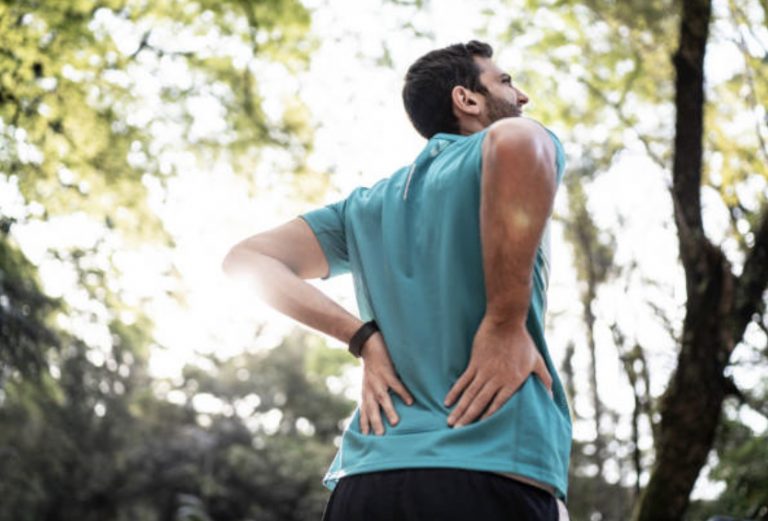What Are Bone Spurs
Understanding common bone spur causes can help you work with your doctor to develop an effective bone spur treatment plan. Bone spurs, also called osteophytes, are jagged pieces of bone that stick out, which can irritate or pinch nerves in your neck or back. Bone spurs can develop inside facet joints or along the edges of vertebral endplates. Consequently, your body produces bone spurs in an attempt to stabilize a weakened spine. However, they can sometimes cause unwanted friction and neural compression, which can lead to bone spur symptoms of pain, tingling, numbness, and weakness in the spine or throughout the extremities.
These bone spur symptoms can have a large impact on your life, taking you away from the people and activities you love. A great first step in getting the bone spur treatment you need to return to a better quality of life is educating yourself about bone spur causes. The information in this article can help you and your doctor work together to develop a treatment plan to alleviate your discomfort.
Bone Spur Causes
While there are many conditions that can lead to the development of spinal bone spurs, possibly the biggest underlying factor is the natural aging process. As we age, our bodies don’t stay as well hydrated. This makes the connective tissue brittle and leading to the bone-on-bone contact that causes bone spurs to develop. Here are some specific conditions that cause bone spurs, including:
- Injury: Bone spurs can form to compensate for the lack of bone density in that particular region. This results in injuries like bone fractures.
- Weight: The joints of overweight individuals are under far more stress than those of someone with a healthy weight. This can lead to accelerated spinal deterioration.
- Infection: Viral and bacterial infections trigger facet disease. This can cause bone-on-bone contact and triggers the body to create bone spurs.
- Gender: Women who have already undergone menopause are more at risk to develop bone spurs.
- Genetics: A family history of osteoarthritis, spinal stenosis and degenerative disc disease increases your risk of bone spurs.
- Spinal osteoarthritis: This is a joint disorder that causes the cartilage between joints to wear away, leading to bone spurs.
- Disc degeneration: Degenerative disc disease is an accelerated deterioration of the spinal discs that occurs due to aging. Bone spurs can develop as discs shrink and vertebrae come in contact with one another.
Simple practices can keep your neck and back healthy and can help you avoid common bone spur causes. For instance, by performing stretching routines and improving posture, you can increase the strength and flexibility of your neck and back.
Bone Spur Treatment
After you understand what causes bone spurs and your doctor has confirmed a diagnosis, they can prescribe a course of conservative bone spur treatment. This might include anti-inflammatories, muscle spasm medication, chiropractic care, physical therapy, or yoga. If weeks or months of these methods do not bring in improvement in your bone spur symptoms, you may be a potential candidate for surgery.
If conservative efforts are proven to be ineffective, you may be a candidate for surgery. BEST Health System offers an alternative to traditional spine surgery which allows for a shorter recovery period and smaller incisions.
Our board-certified surgeons can access the spine and remove bone spurs with a muscle-sparing, less than 1-inch incision. Our procedures are performed on an outpatient basis and with a lower risk of complication compared to traditional surgery.
If you are interested in learning more about the minimally invasive surgical procedures offered through BEST Health System, contact our team today.
How BEST Health System Can Help
BEST Health System specializes in minimally invasive spine surgery. This alternative is a safer and more effective alternative to traditional open-back procedures. It offers many benefits, including less risk of infection and no lengthy recovery. If you are interested in learning more about bone spur symptoms and treatment, BEST can help. For more information on how BEST can help you find relief from chronic neck and back pain, contact us today.
